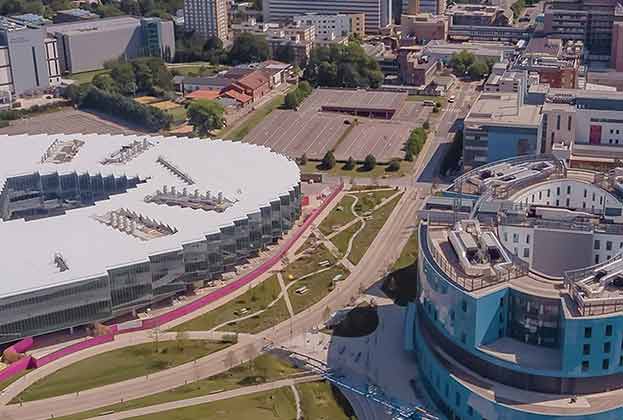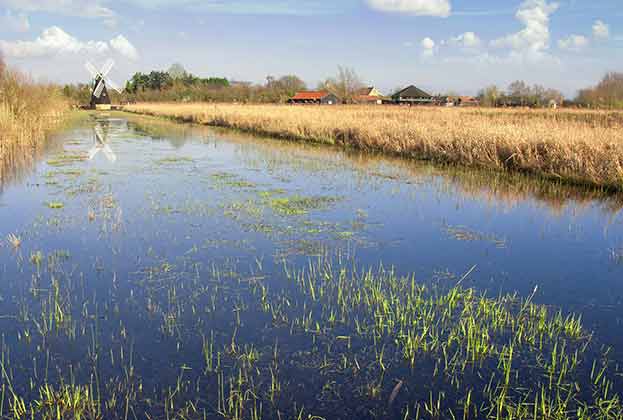Increased density and transport links are needed to support development
Fully realising Cambridge’s economic potential will require a step change in the rate of development. 4,900 new homes were built in Cambridgeshire in 2022–23, of which 47% were in the Greater Cambridge (Cambridge and South Cambridgeshire) area.
Greater Cambridge is currently planning to deliver 1,675 new homes per year across the two local authorities. The most recent Housing Trajectory calculated that enough land had been identified for just over six years of supply at this level of delivery.
In the longer term, there is a pipeline of allocated and consented sites, plus an assumption of windfall delivery, to deliver 38,000 homes by 2041, with further capacity for 11,000 homes on sites currently expected to come forward after 2040.
To achieve the Government’s growth ambitions, land needs to be identified for just over 100,000 homes. In practice, to reach 150,000 new homes over the next 25 years, supply will likely have to come from both newly identified sites, particularly those supported by new infrastructure, and densification of sites already allocated for development. The rate of development would have to ramp up to around 5,000–6,500 new homes per year, a threefold increase on current delivery rates.
Locations for development
The emerging Local Plan identifies that development should include North East Cambridge, Cambridge East and the existing Cambridge Biomedical Campus. Beyond this, the greatest opportunities for high volume delivery will be those locations supported by public transport infrastructure. East West Rail will open up increased potential for sustainable residential development at the new stations at Cambourne and Tempsford, while Cambridge South could be an important hub for both residential and commercial development. Beyond this, land located close to the city or existing employment clusters would place the least strain on transport infrastructure, although many of these types of locations identified in the latest Call for Sites will require Green Belt review.
Densification opportunities
The amount of new land that has to be identified for development will also depend on the densities that can be achieved. Recent urban extension developments around Cambridge have tended to be built at densities of between 40–50 dwellings per hectare (dph), although Trumpington Meadows has some quarters achieving densities of 70 dph.
There are some examples of higher-density development in the centre of the city, such as CB1, which achieved a density of 250–300 dph. Elsewhere in Cambridge, traditional terraced streets in areas such as Newnham have a density of 90 dph, demonstrating that higher-density developments could still be in keeping with the existing character of the city. Larger sites, where new neighbourhoods can be created, are likely to be most suited to denser developments.
Densification could also be part of the solution for the demand for commercial space. Cambridge Science Park has proposed as part of its 2050 vision to double the amount of floorspace on site, supporting a further 21,000 jobs, while also increasing green space and reducing surface parking. Cambridge Science Park already has one of the highest floorspace-to-site-area ratios of the employment parks in Cambridge, which suggests that, if supported by the right public transport, other locations could offer even further densification potential.
Read the articles within Spotlight: Good growth for Cambridge below.
.jpg)

